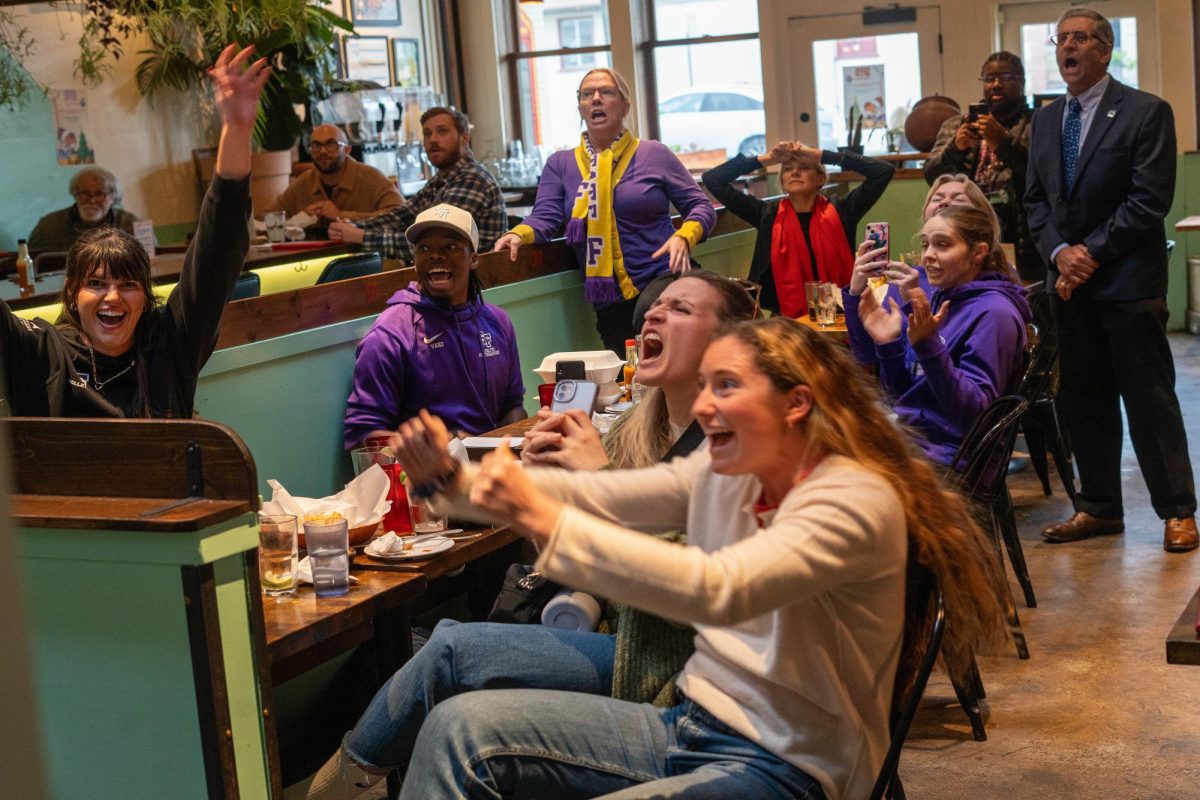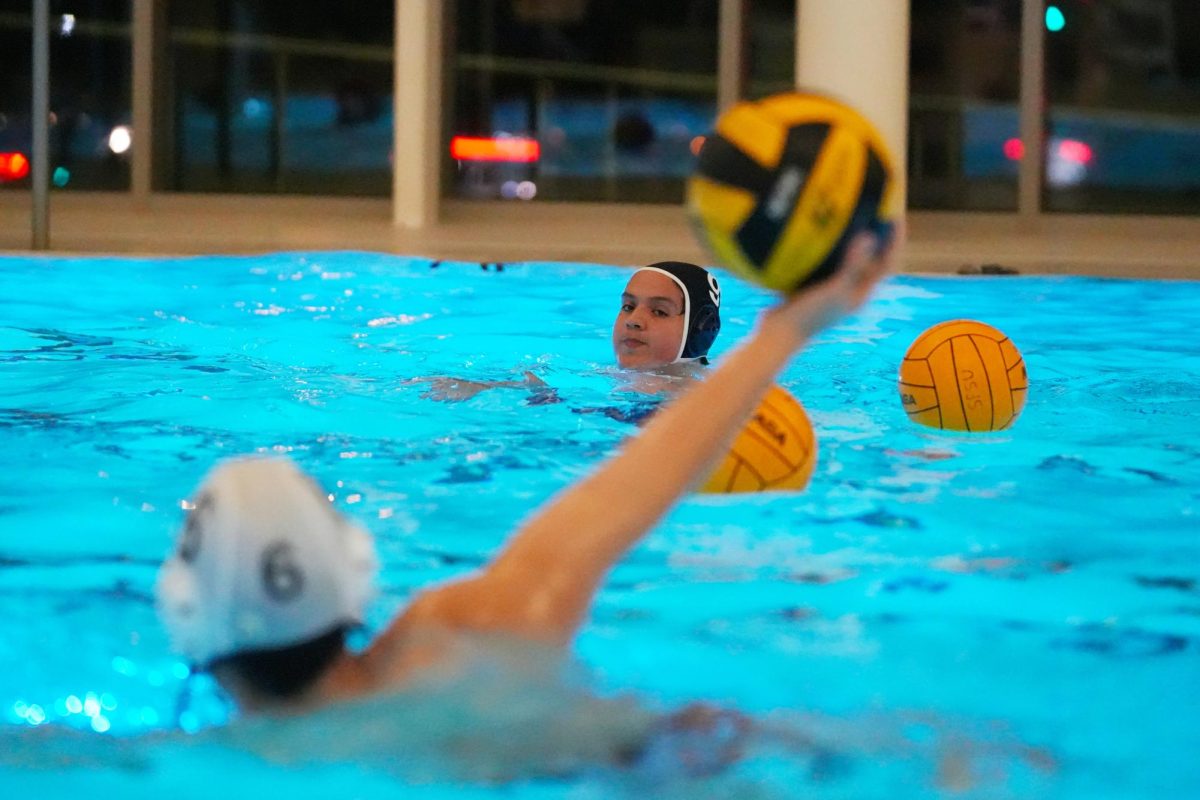The city of San Francisco will one day have its own professional soccer team. For the past three years there has been a new team added to the Major League Soccer in the US. San Francisco has the qualities, culture, and capability of having a team within the league.
In order to be eligible for an MLS franchise, a San Francisco sports club must abide by four requirements: Assemble an ownership group, find a stadium, obtain city approval and pay the franchise fee.
The ownership group can be derived from the owners of other professional sports teams, such as the San Francisco Giants, Golden State Warriors and San Francisco 49ers. Governors of these teams know their Bay Area market and should carefully strategize a low-risk, high-reward plan that brings professional soccer into the Bay. If they enter the market unknowing of what to do, they will eventually end up losing money and have to sell the team’s rights overseas to business owners that know how to handle a team and thus lose that homegrown image. When a soccer team is losing money they also have to start selling players that are essential to the team, and also not have money to replace these players of the same caliber or even better ones.
A stadium can be built with the help of government funding along with a sponsorship, like the Warriors did with the recent completion of the Chase Center. Several logistical obstacles would have to be hashed out, including land permits and the amount of money needed. Finding land would be one of the hardest parts as the Warriors struggled to reach a deadline on the land for the recently opened Chase Center in San Francisco.
Another option is to reach an agreement to host home games at Levi’s Stadium, which would draw tremendous revenue from fans all over the Bay Area. The $1.3 billion stadium has already hosted numerous soccer games each year since its assembly in 2014, including games for the women’s national team that won the last World Cup. The women’s team last played on May 12, 2019 at Levi’s Stadium against South Africa and drew over 22,000 fans. Its Santa Clara location presents no issue, as the San Francisco 49ers play an hour south in Levi’s Stadium.
A San Francisco team could pick up support from fans of semi-professional soccer teams already established locally. These teams include the 58-year-old San Francisco Glens and 18-year-old San Francisco City FC, who participate in the United Soccer League. The San Francisco Deltas had a short stint at Kezar Stadium and only lasted one season in the long gone NASL (North American Soccer League). The Delta’s were NASL champions in 2017 and both the team and league disappeared in the same year.
The USL is unofficially considered the second, or lower, division of the MLS. The San Francisco Glens recently hired former SF State soccer coach Javier Ayala-Hil early last year. A future MLS San Francisco team could benefit from these USL teams, as the MLS permits direct loans between the USL and MLS. SF State and the University of San Francisco can also serve as prospective houses of homegrown talent.
If needed, tryouts can be held to attract athletes from all over the Bay Area and Northern California, including those who already play at local Crocker Amazon Playfields seven days a week. Children from every soccer league in San Francisco and the San Mateo County metro-area are eager to represent their city and add another team to the professional ranks. Golden Gate Xpress Social Media ran a poll where a staggering 88% of people voted in favor of wanting a professional San Francisco soccer team in the MLS.
Diversity is an important topic in modern-day, and children from almost every country in the world that live in San Francisco play soccer. The closest city with an MLS team is the San Jose Earthquakes. One could argue that having two teams so close together in the same league would lower game attendance or jersey sales. But for a well-established academy with a strong fan base, this should pose no problem.
The city of Los Angeles currently has two teams, LAFC and the LA Galaxy, in playoff contention. Both teams average over 22,000 fans during their respective home games. When the San Francisco team is established, it will be up to the management and club directors to sign well-known players from around the world to attract tourists to support the franchise.
The MLS may not share the same limelight as the NBA, NFL or MLB, but its popularity among players and fans is increasing, with higher competitiveness on the field and heightened viewership off the field. A study conducted by the CIES Football Observatory notes that from 2013 to 2018 the MLS had an average attendance of 21,358 fans which ranks No. 8 in the world. The MLS has already announced the arrival of four new additions to the league over the next three to four years, which will accompany the 24-team MLS professional league. San Francisco has what it takes to eventually be playing at the same level of competition.











